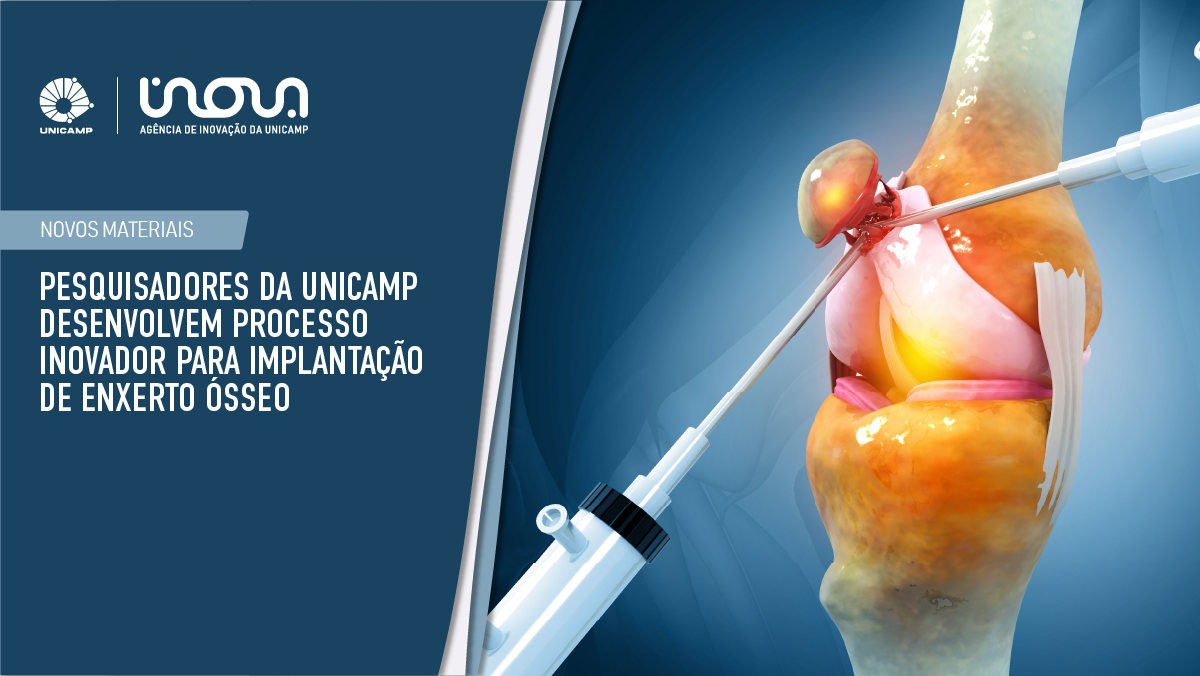NOVELTY – Determining the ability of a plant to accumulate sugar comprises providing a sample of a plant, and measuring the expression level in the plant of a polynucleotide having 65-99% sequence identity to a nucleotide sequence selected from SEQ ID NO. 1-203 and 229-373, their complements, and sequences, which hybridize to the sequences under high stringency conditions. The sequences are available in electronic form from the following website http://seqdata.uspto.gov/;pageRequest=docDetail&DocID=US20070292874A1. USE – The methods are useful for determining the ability of a plant to accumulate sugar, and altering the ability of a plant to accumulate sugar. It can be used for producing transgenic plants with increased sugar content. DETAILED DESCRIPTION – INDEPENDENT CLAIMS are: (1) a method for altering the ability of a plant to accumulate sugar; (2) a transgenic plant comprising a vector expressing or interfering with the expression of a polynucleotide having at least 65-99% sequence identity to a nucleotide sequence selected from SEQ ID NO. 1-203 and 229-373, their fragments, their complements, and sequences, which hybridize to SEQ ID NO. 1-203 and 229-373 under high stringency conditions, where expression of the polynucleotide encoded by the vector increases the plant’s sugar content; (3) a transgenic plant comprising a vector expressing or interfering with the expression of a polypeptide having at least 65-99% similarity to a polypeptide encoded by a nucleotide sequence selected from SEQ ID NO. 1-203 and 229-373, where expression of the polypeptide increases the plant’s sugar content; (4) a non-naturally occurring plant with altered expression levels of a polynucleotide having at least 65% sequence identity to a nucleotide sequence selected from SEQ ID NO. 1-203 and 229-373, their complements, and sequences, which hybridize to SEQ ID NO. 1-203 and 229-373 under high stringency conditions; (5) a non-naturally occurring plant with altered expression levels of a polypeptide having at least 65% similarity to a polypeptide encoded by a nucleotide sequence selected from SEQ ID NO. 1-203 and 229 to 373; and (6) a seed, seed-cane, or sets of the non-naturally occurring plants above.

